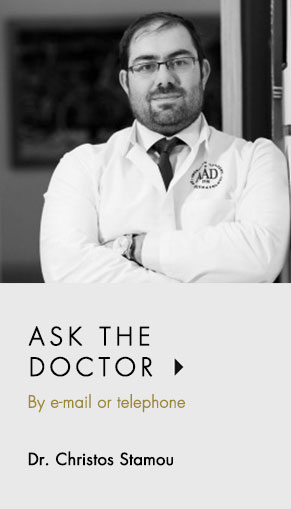What is Cryotherapy
Cryotherapy, also called cryosurgery, cryoablation, or targeted cryoablation therapy, is a minimally invasive treatment that uses extreme cold to freeze and destroy diseased tissue, including cancer cells.
Although cryotherapy and cryoablation can be used interchangeably, the term “cryosurgery” is reserved for cryotherapy performed using an open, surgical approach.
How is cryotherapy performed?
The dermatologist applies liquid nitrogen to the skin using a cotton swab or a special Cryo-AC device. Cryosurgery is a type of surgery that uses extreme cold to destroy abnormal tissues, such as tumours.
Liquid nitrogen is used during the surgery. When liquid nitrogen has a temperature between -175 and -160 degrees Celsius, it immediately freezes almost anything that comes in contact with it. As far as human tissue is concerned, it can kill and destroy cells when applied. This is particularly important when cells are cancerous.
It is usually used for external tumours, as well as for certain internal tumours. Advances in cryosurgery technology have dramatically reduced the long-term treatment-related side effects. Cryosurgery, which is also called cryotherapy, is a similar method used by doctors to treat warts.
Complications and side effects of cryotherapy
Cryosurgery does have risks and side effects, but they are considered less dangerous than :
- blisters
- damage to nearby healthy tissue or vessels
- infection
- a loss of sensation if nerves are affected
- pain
- scarring
- ulcers
- white marks on the areas of application (in darker skin tones)
In what conditions can cryotherapy be applied?
Cryotherapy can be applied topically on the skin surface, percutaneously, or surgically. Topical cryotherapy is used typically in the case of skin and eye lesions. When the lesion is situated below the skin surface, a needle-like probe needs to be placed through the skin. Occasionally, a surgical incision is required. Cryotherapyis used for the treatment of:
- skin tumours
- pre-cancerous skin lesions
- genital warts
- actinic keratosis
- seborrhoeic keratoses
- nodules
- warts
- birthmarks
- unsightly freckles and discolouration
- retinoblastomas, a childhood cancer of the retina
- prostate, liver, and cervical cancers, especially if surgical resection is not possible.



